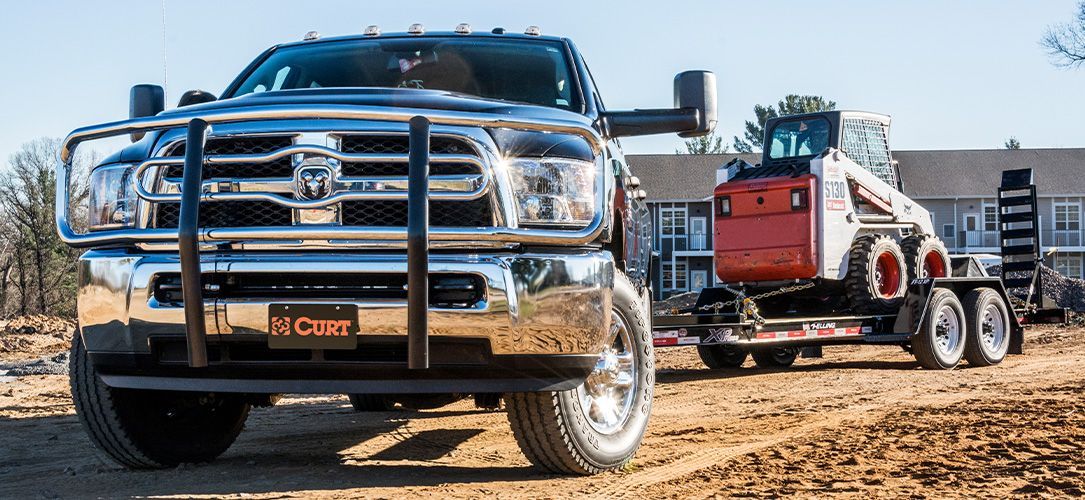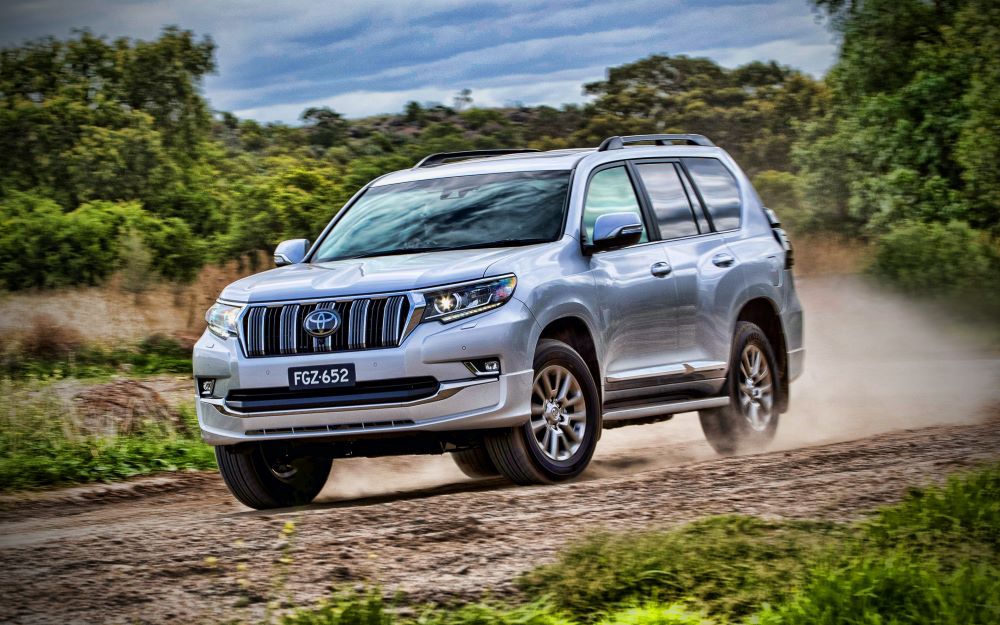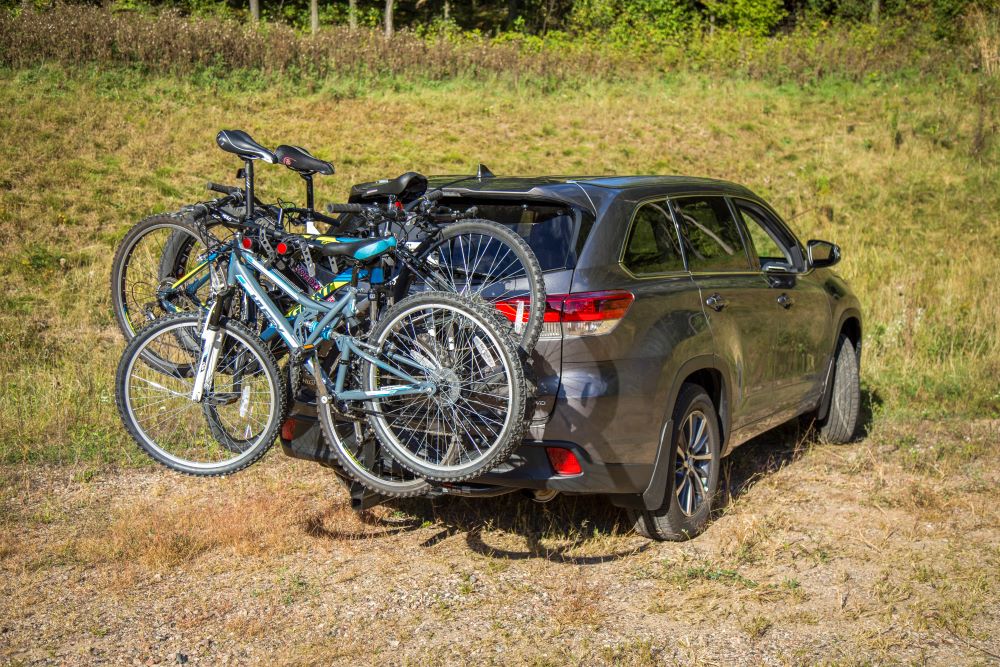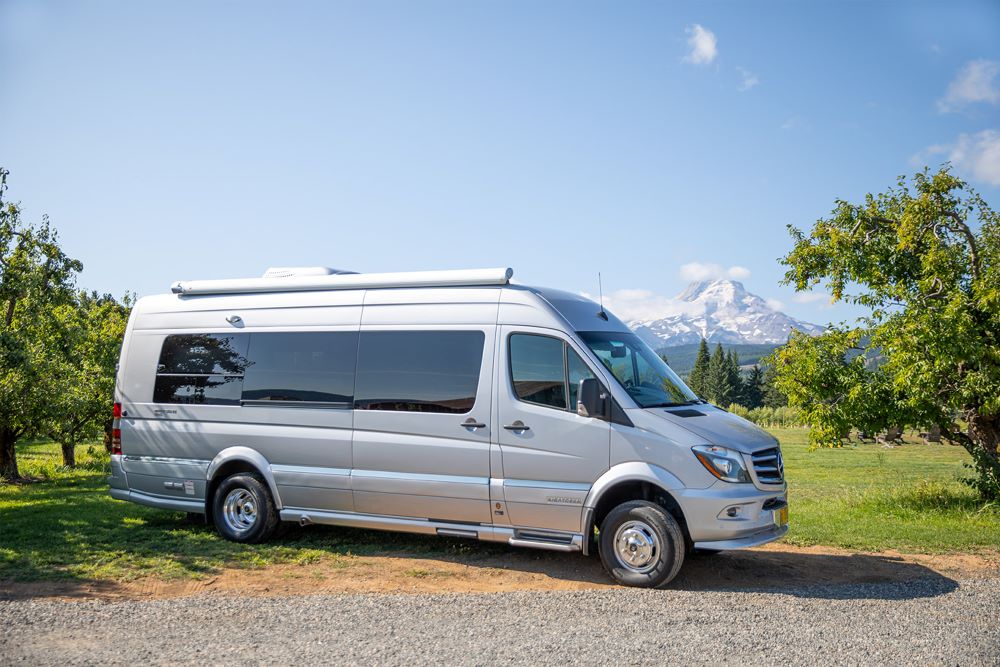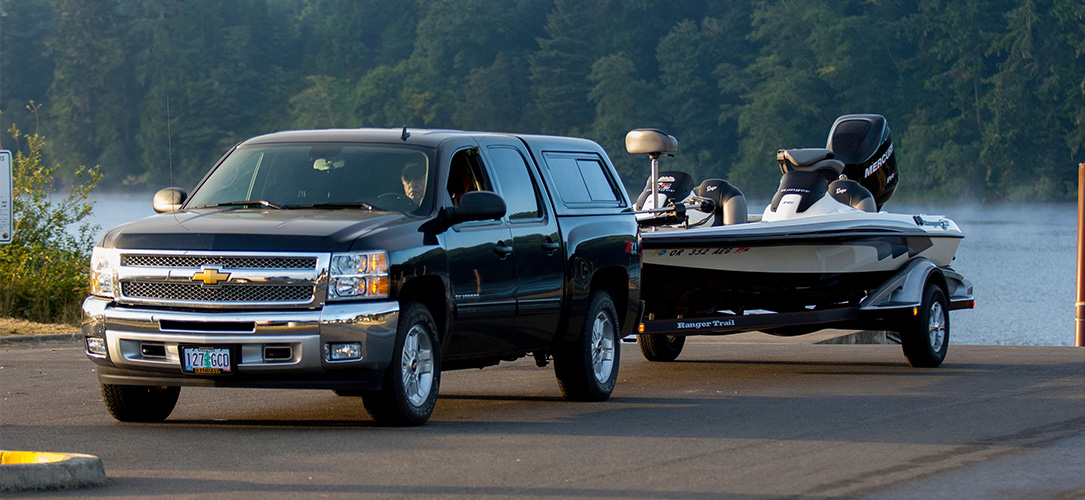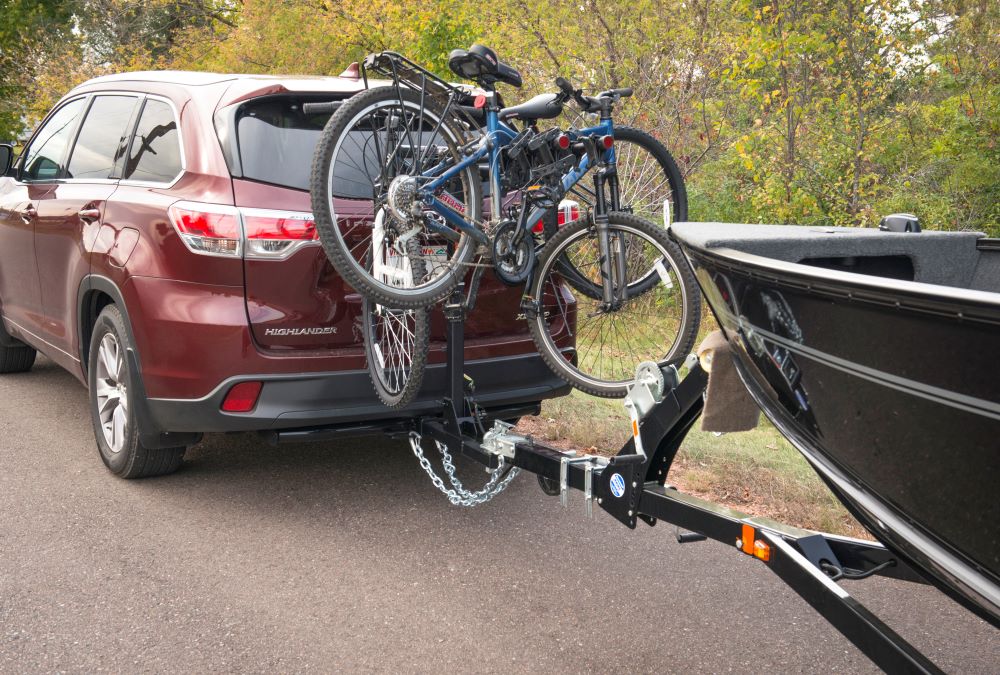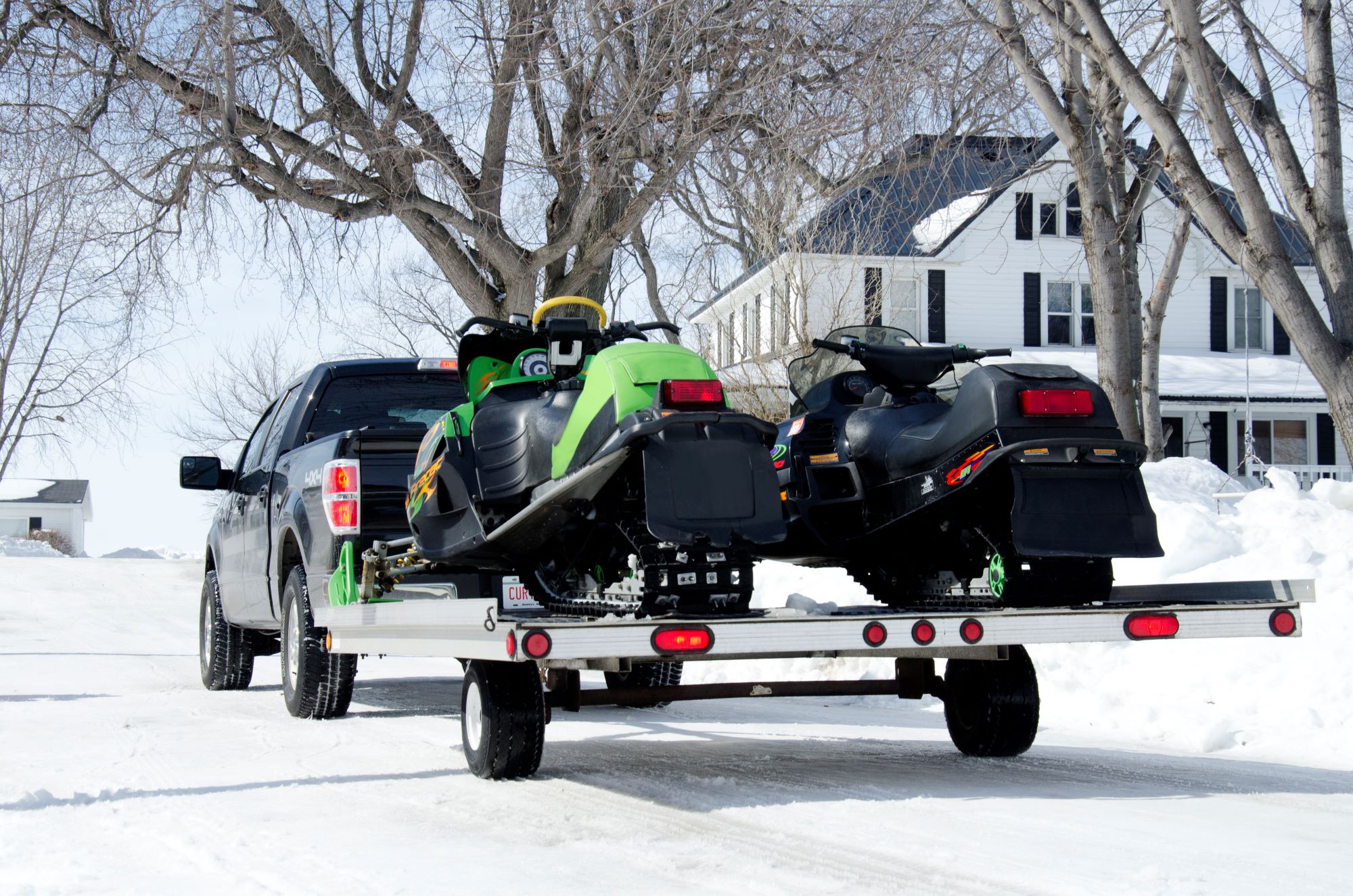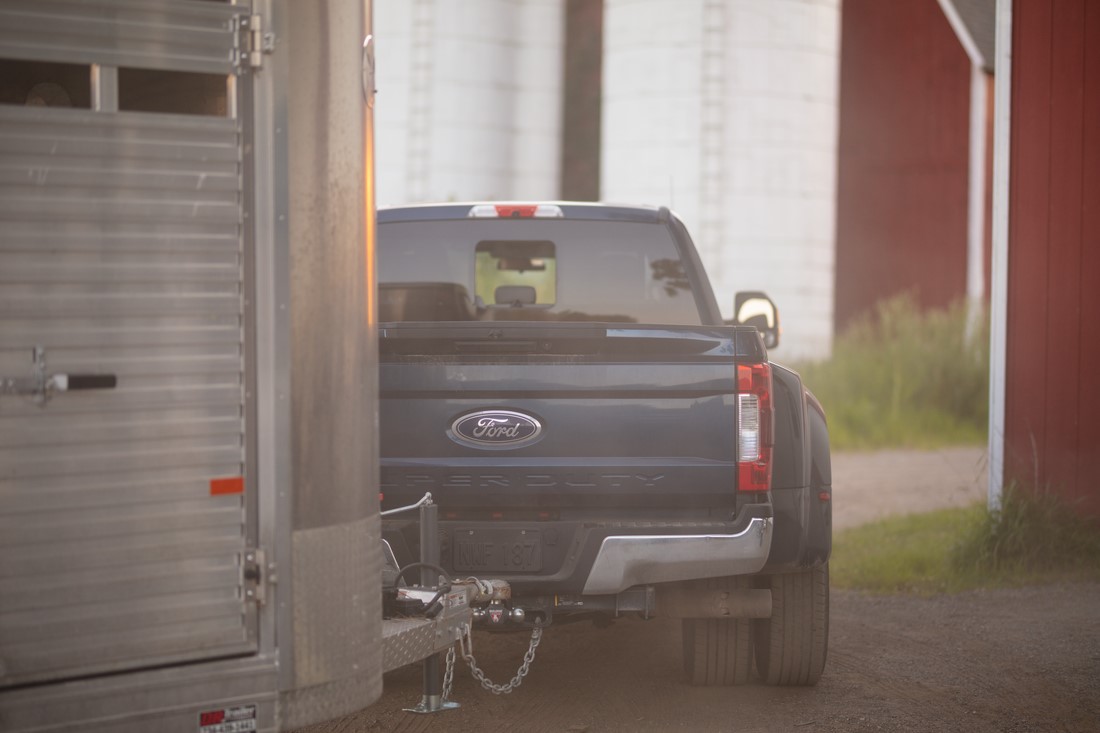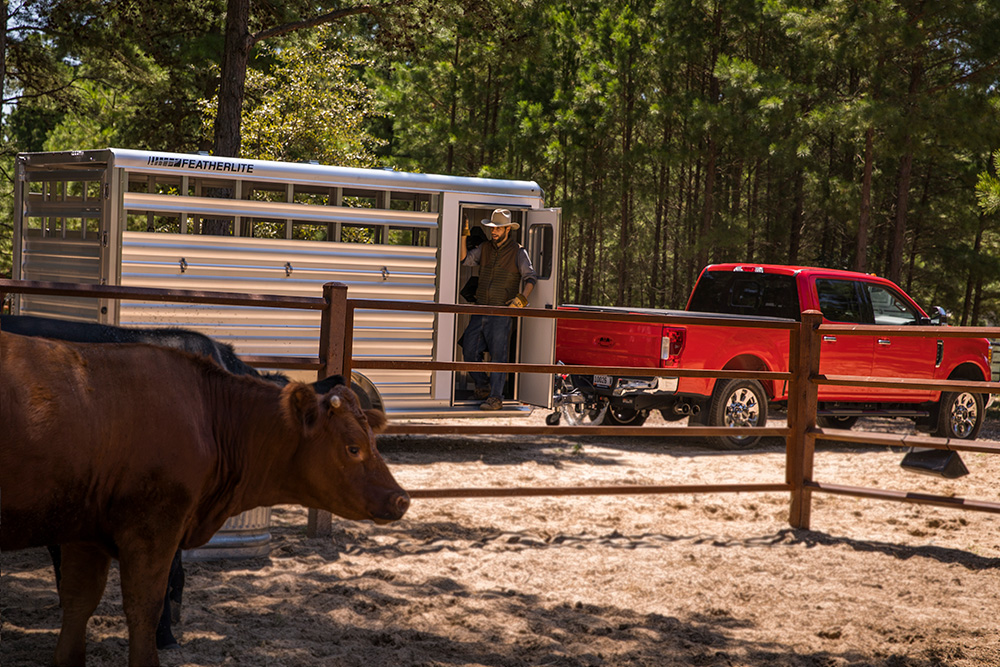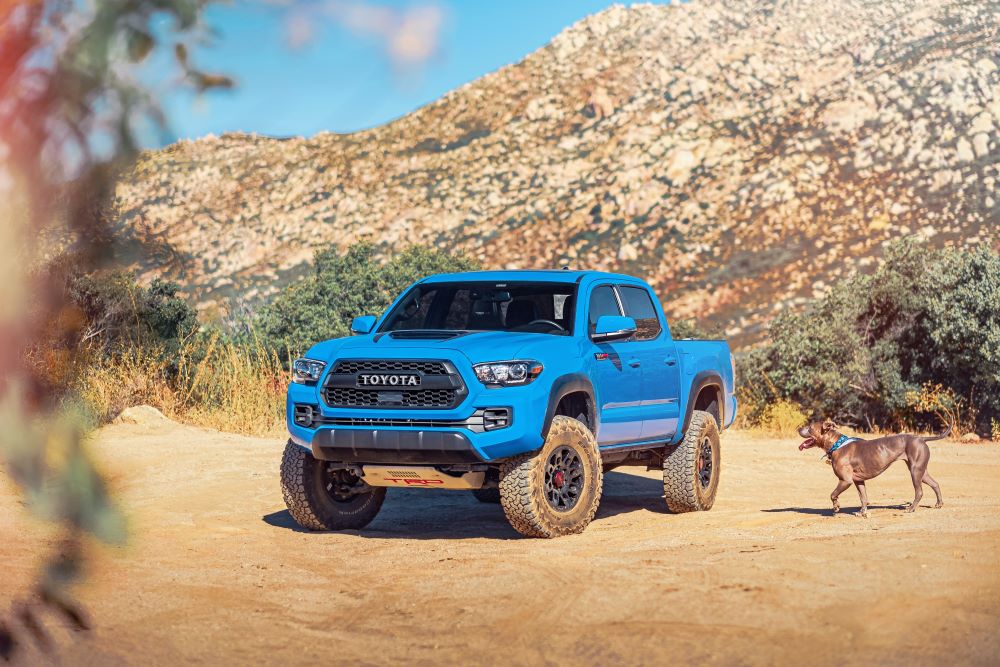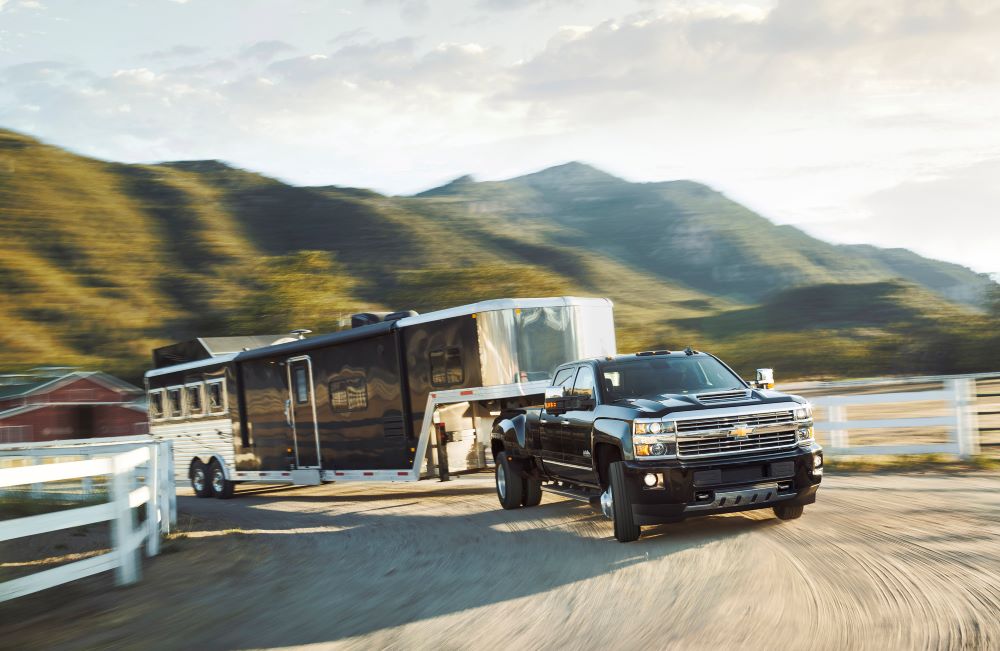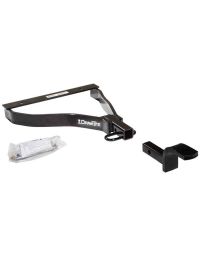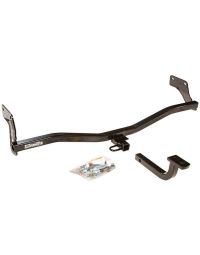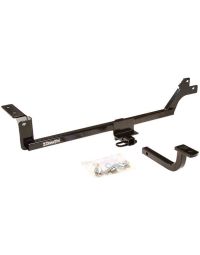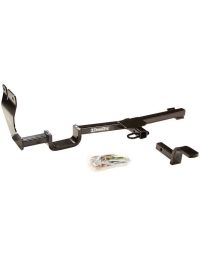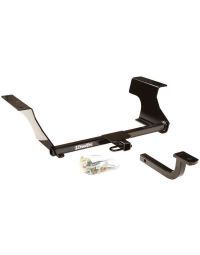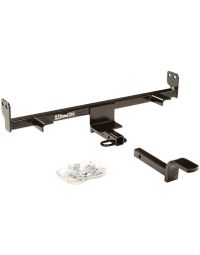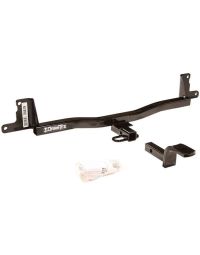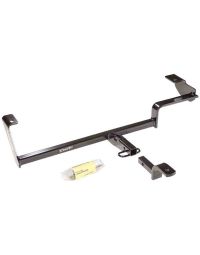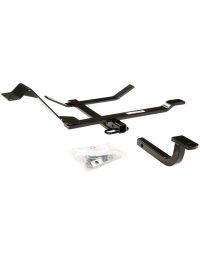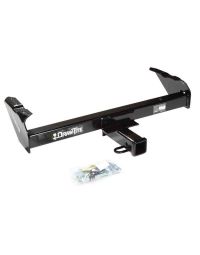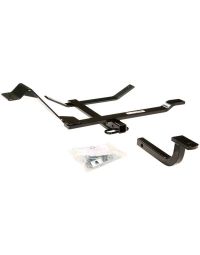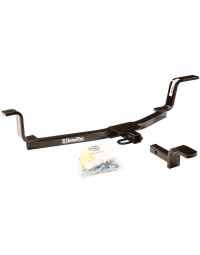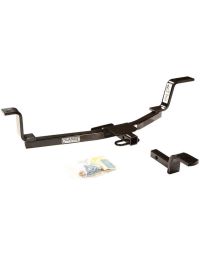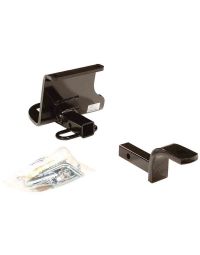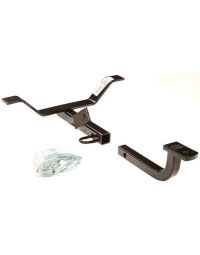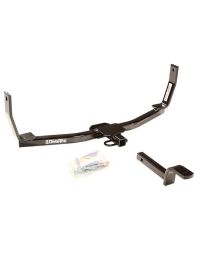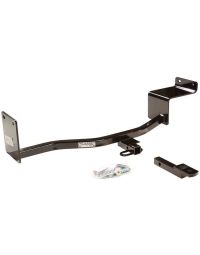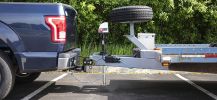There are five different classes of hitches for towing. Your trailer class size depends on what you want to tow and what vehicle you’re towing with. Read below to find out what hitch class is best for you!
Terms to Know
Gross Towing Weight (GTW): The total amount of weight you will be pulling, including cargo.
- How to find GTW: You can get this number by putting your fully loaded trailer on a scale.
Tongue Weight (TW): The downward force exerted on the ball by the trailer coupler.
- How to find TW: Using a TW scale is the easiest way. You can also use a bathroom scale that you have at home if you have a small trailer. This video will guide you through how to set it up properly. However, for best practices we recommend the Sherline Trailer Tongue Weight Scale. It will scale up to 5,000 lbs, but they offer lesser weight options as well if you know you will only be towing smaller loads.
You can find more towing and trailer terms on our Glossary page.
Class I
|
A Class I trailer hitch is the lightest trailer hitch you can get! Most commonly used for small cargo loads. Common towing vehicles:
Common cargo:
Maximum GTW: 2,000 lbs Maximum TW: 200 lbs Receiver Opening: 1-1/4 inches Attaches to a bumper, truck pan or vehicle frame. Shop Class I Rear Mounted Receivers here. |
Common Towing Vehicle
Common Cargo |
Class II
|
Class II trailer hitches can hold more than a Class I trailer hitch can! Class II hitches also have a longer shank. Common towing vehicles:
Common cargo:
Maximum GTW: 3,500 lbs Maximum TW: 350 lbs Receiver Opening: 1-1/4 inches Attaches to a bumper or vehicle frame. Shop Class II Rear Mounted Receivers here. |
Common Towing Vehicle
Common Cargo |
Class III
|
Perfect for medium-sized trailers and accessories. One of the most common hitch classes due to the wide range of GTW (3,500-8,000 lbs). Common towing vehicles:
Common cargo:
Maximum GTW: 6,000 lbs Maximum TW: 600 lbs Receiver Opening: 2 inches Attaches to the vehicle frame only. Shop Class III Rear Mounted Receivers here. |
Common Towing Vehicle
Common Cargo |
Class IV
|
Class IV has the same size receiver opening as Class III, but can hold even more weight! Common towing vehicles:
Common cargo:
Maximum GTW: 12,000 lbs Maximum TW: 1,200 lbs Receiver Opening: 2 inches Attaches to the vehicle frame only. Shop Class IV Rear Mounted Receivers here. |
Common Towing Vehicle
Common Cargo |
Class V
|
Class V holds the largest and heaviest trailers and accessories! Common towing vehicles:
Common cargo:
Maximum GTW: Up to 18,000 lbs Maximum TW: 2,700 lbs Receiver Opening: 2-1/2 inches Attaches to the vehicle frame only. Shop Class V Rear Mounted Receivers here. |
Common Towing Vehicle
Common Cargo |
|
Lastly, please keep in mind that when using a Class III, IV or V hitch, you should also be using a weight distribution system. Shop weight distribution parts today such as sway controls, hitch assemblies and hitch parts. |
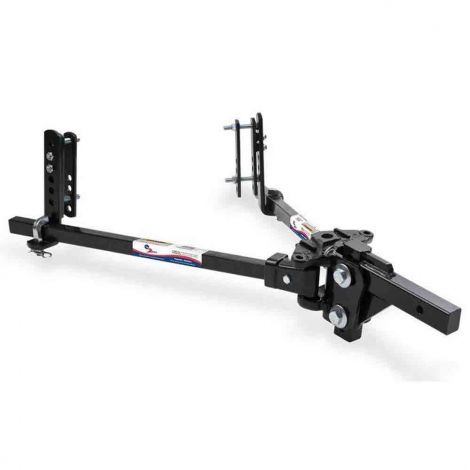 |
Once you have the right class hitch, the rest of your towing experience should be a breeze. Happy towing!

